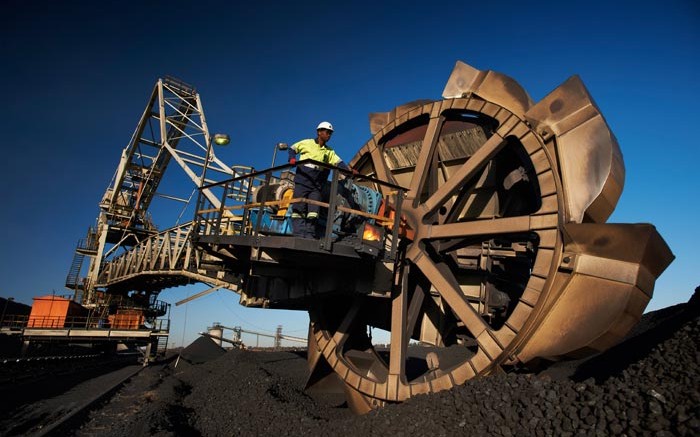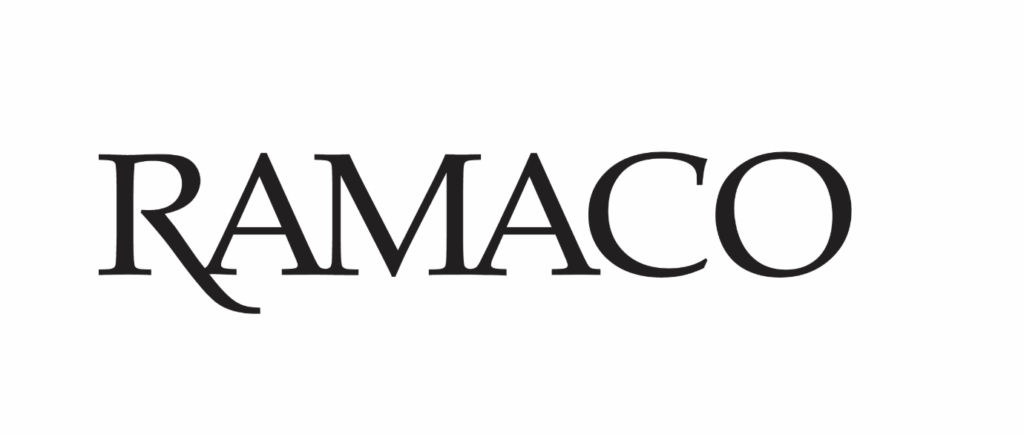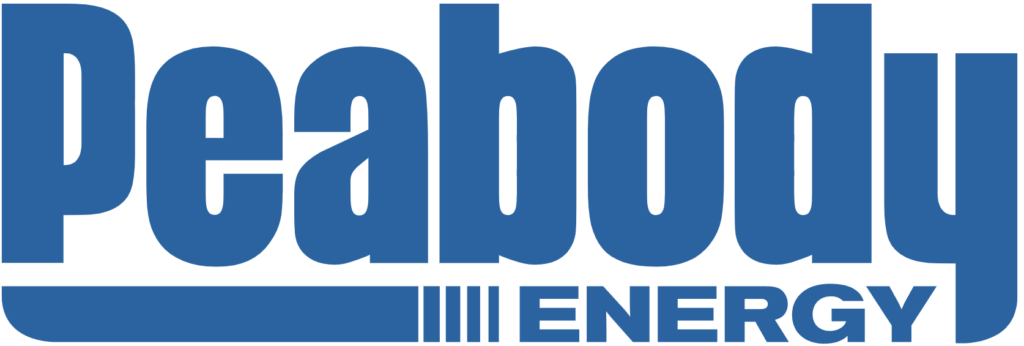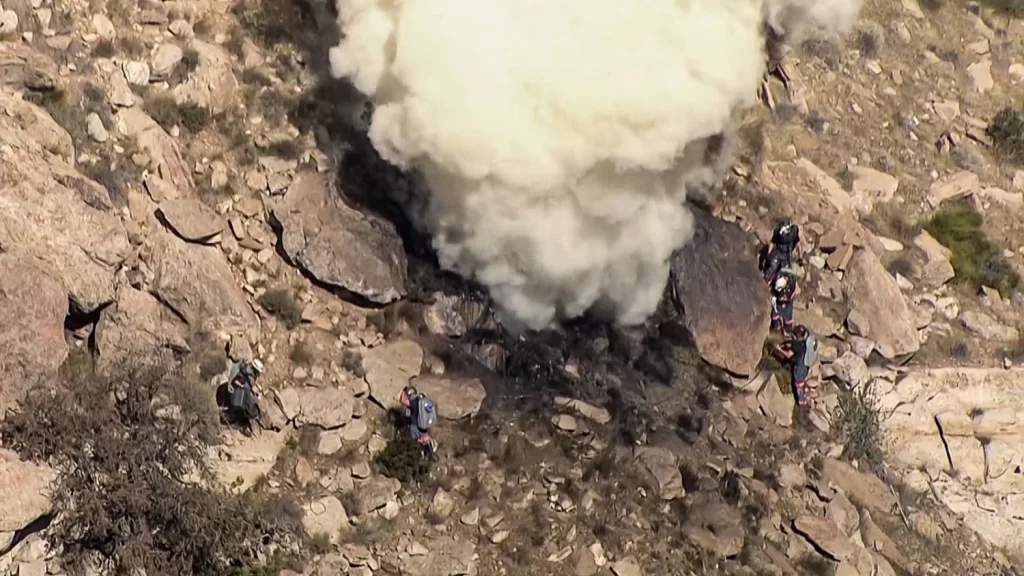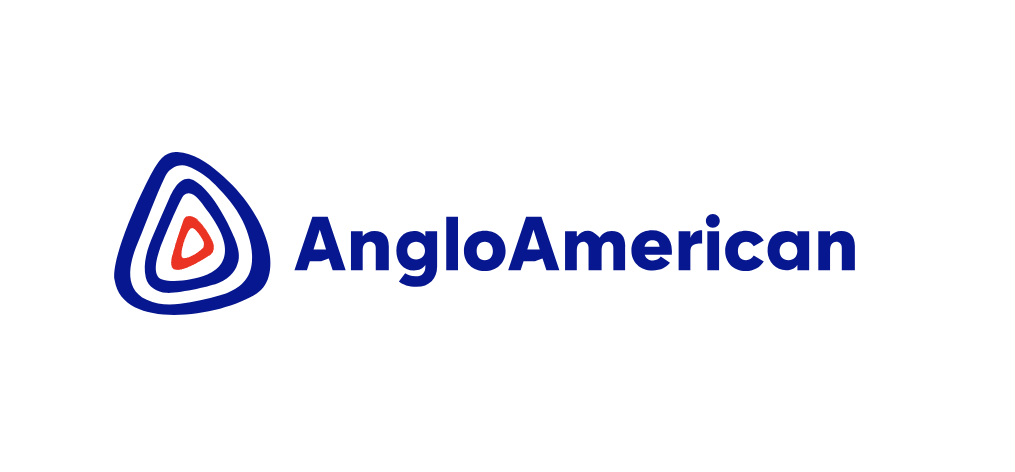BHP may wait until August before clarifying the future of its troubled Australian nickel business after ruling off a quarter undermined by downgraded production volumes for its Queensland coal division.
It now costs BHP almost seven times more to produce a tonne of coal in the sunshine state than it costs to produce a tonne of iron ore in Western Australia.
BHP produced 68.1 million tonnes of ore in WA’s Pilbara region in the March quarter and sold 69.7 million tonnes, according to Thursday’s update. Although hampered by weather, the performance was better than the same time last year. It received an average price of $US106.30 a tonne.
Iron ore delivered almost 80 per cent of BHP’s interim earnings, and the extra volumes sold suggests BHP has successfully drawn down the iron ore stockpiles it built up last year.
BHP has vowed to produce between 282 million and 294 million tonnes of Australian iron ore in 2023-24, and will achieve that goal if exports in the next 10 weeks match the rate achieved in the June quarter of 2023.
There was scant new detail on Thursday for the 3000 workers employed by its WA nickel division, which is facing possible closure amid weak nickel prices.
A review into the loss-making business began in February, which flagged that shutting the vertically integrated mining, concentrating, refining and smelting business was under consideration.
BHP would provide workers with clarity by August. That timeline allows BHP to consider the contents of the Albanese government’s federal budget in May.
Prime Minister Anthony Albanese has flagged that critical minerals will be a key part of his Future Made in Australia Act. His government also upgraded nickel from “strategic mineral” status to “critical mineral” in February to help the sector access federal funding streams for green metals.
Pilbara delivers
BHP said the cost of producing each tonne of Pilbara iron ore – excluding government royalties and shipping costs – would be no higher than $US18.90 in the year to June.
The cost of producing coking coal – another bulk commodity – is almost seven times more expensive for BHP in Queensland, where the company said each tonne produced this year would cost up to $US125.
The higher costs were partially because BHP’s coal production volumes will be lower than previously expected, related to bad weather.
BHP had told investors to expect between 46 million and 50 million tonnes of coal to be produced in Queensland this year, but downgraded that on Thursday to between 43 million and 45 million.
Unit costs typically rise when production volumes fall. Unit costs in Queensland have been further affected by labour shortages, stoppages for safety incidents and an accumulation of previous weather disruptions, which have left BHP without the required coal inventory levels at each stage of the production line.
The process of “restoring inventory” would continue into next financial year.
Queensland coal costs have been historically far higher than WA iron ore costs because railways in Queensland are owned by third parties, and the more selective nature of extracting coal from the ground safely.
This continues a trend for rapidly escalating costs in Queensland coal, which were $US89 a tonne in 2021-22.
Thursday’s guidance that costs could rise to as much as $US125 a tonne this year will be partially offset by high coal prices; BHP received an average of $US281.51 for each tonne of coking coal sold from Queensland.
As recently as May 2021, the benchmark price for Queensland coking coal was as low as $US114 a tonne.
Coking coal prices have rallied over the past three years on mine disruptions in many nations and the blacklisting of Russian coal over the invasion of Ukraine.
Source: AFR

